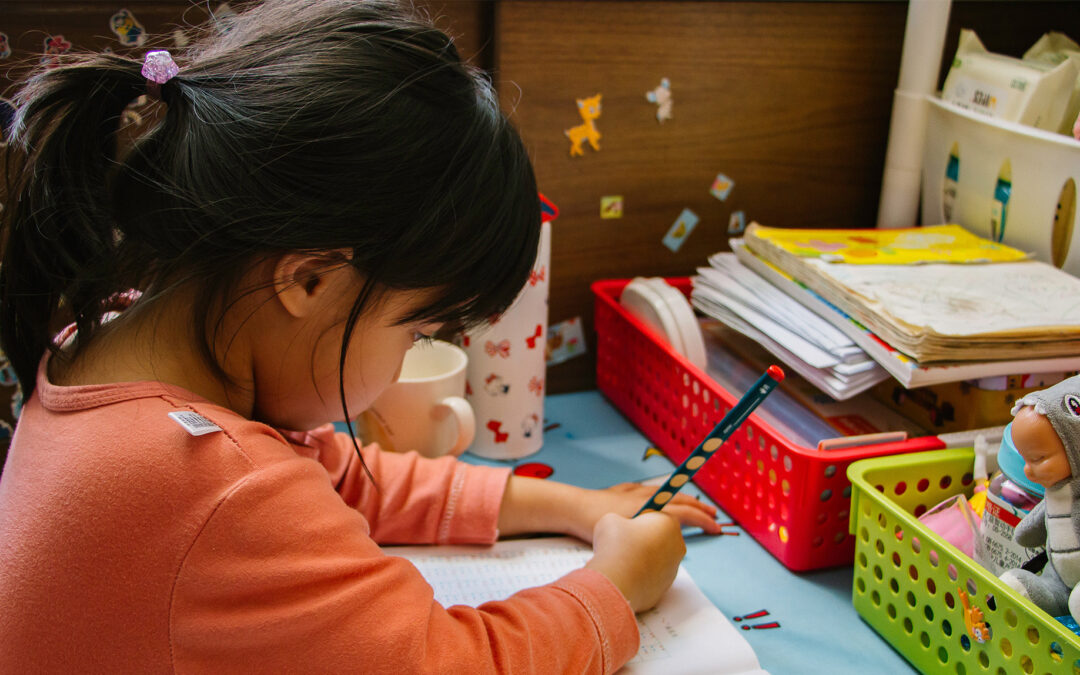“FREUD, SHAKESPEAR and ROMANTIC RELATIONSHIPS”
“A pair of star-crossed lovers take their life; Whose misadventure’s piteous overthrows doth with their death bury their parents’ strife.”
This classic quote alludes to an age-old question; “Why do we fall in love with the people we do?” Many parents of teenagers may find themselves in the same predicament as Juliet and Romeo’s parents did, lamenting the romantic choice of their daughters and sons. We may even surprise ourselves with our own romantic choices. We vow never to return to a relationship like the one we just ended and then to our dismay, one day we realize our current partner has many of the same characteristics as the last! Beyond biology and evolution, which contribute to a foundational understanding of why we find certain people more attractive than others, many professionals in the field of psychology found themselves stumped as to why individuals tend to repeat certain relationship patterns (i.e. entering into the same relationship with one person over and over or have a certain type of relationship style with different people).
Hendrix Harville, Ph. D., discusses this subject thoroughly in his book “Getting the Love You Want: A Guide for Couples”. Essentially, as we were socialized from a young age, our parents sculpted what type of adult we would become, what type of characteristics we would possess and what type of personality we will have. Sounds obvious, right? The problem is that as a child’s identity is sculpted by parental influence, and not allowed to manifest on its own, there is resistance and pain. All of those parts of ourselves that we exhibited but were not allowed to be were discarded and became our “lost self”. A sad and common example of this is with male children who are not allowed to express their vulnerable side because his parents shamed him whenever he cries. Therefore, “vulnerability” would become a part of the “lost self”.
How does this fit into our search for a partner, you might ask? Harville explains that the “lost self” contains the characteristics that you will be drawn to in a romantic partner. By being in a relationship with someone who possesses the certain traits we, as children, were not allowed to have; we can experience “wholeness by proxy” and no longer need to feel the pain of being deficient.
Ask yourself- “what part of me do I find deficient in some way?” Maybe you are clumsy? Maybe you are socially awkward? If you found yourself in a relationship with a person who is especially strong in this area (i.e. gracefully, the life of the party) you may find yourself surprisingly complete, rather than envious or more aware of your perceived shortcomings. The tricky part is that we are not conscious of what characteristics make up our “lost self”; they have been pushed away from awareness because they were not conducive to our childhood. Through socialization and by learning how a child must and must not behave we rejected the parts of ourselves that were not accepted and believed society’s lie that we ever possessed those traits. Luckily, a way to discover the characteristics of our ‘lost self’, and in turn discover the traits we are attracted to in a partner, is by meeting and identifying our “false self”. It is the set of characteristics that camouflage our repressed parts (i.e. the lost self) out of awareness and protect us from further injury. They do this by presenting as the exact opposite of the characteristics that make up ‘lost self’. Ok, let’s look at an example to see this more clearly.
Picture a man playing basketball with his friends. Someone makes a comment about how he “throws like a girl” and all of the sudden he is enraged that someone would embarrass him and be so offensive. Although it may sound like an exaggeration, this happens more than we know. Little triggers are hit and we react only later to think, “Why did I get so upset?” “That’s not me!” Perhaps the man in this example has developed the characteristic of ‘masculinity’ in his ‘false self’ to protect him from the ‘femininity’ in his ‘lost self’. In truth, we know our false self already, even though you may not be aware of it, because this is the part that appears when we are criticized, shamed, embarrassed, angry, or need to feel as though we need defense.
In the next portion of this blog series, we will continue to discuss how we are unconsciously undermining our relationships and what the ‘Imago’ is!

Written By: Jill Baumgarner,
MA, LPC











